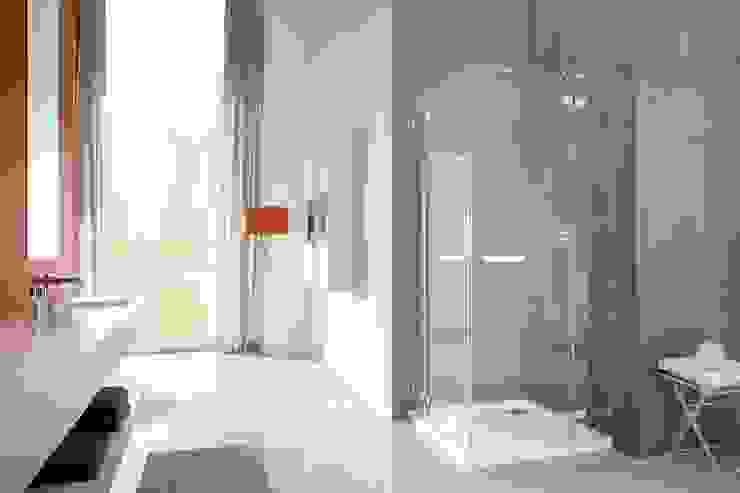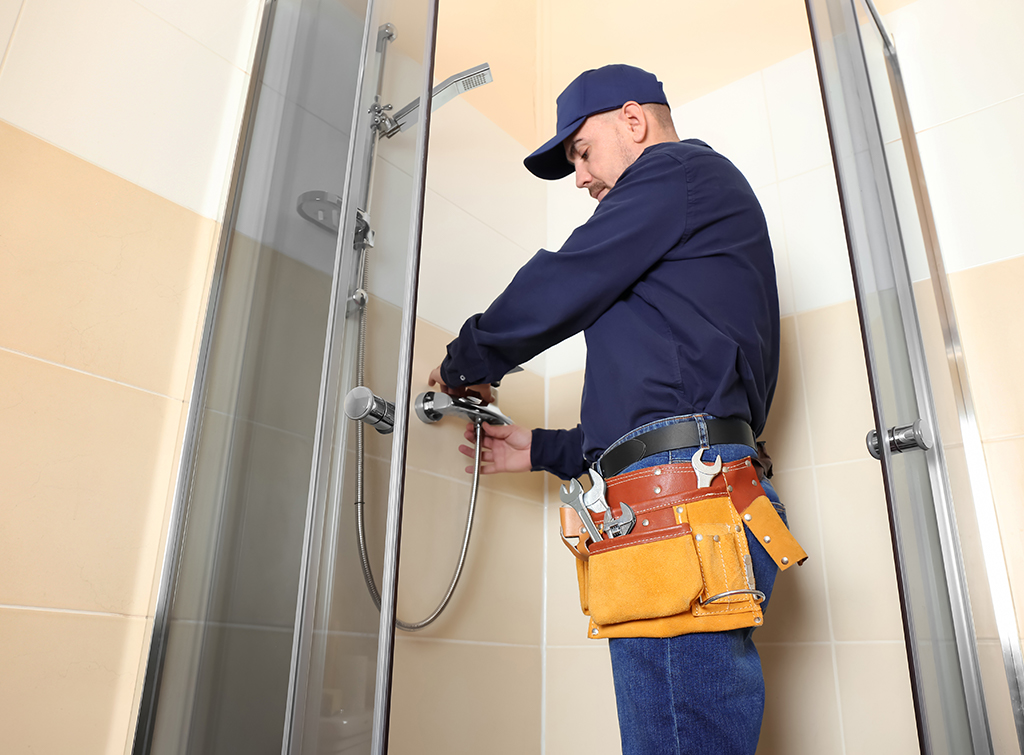All-inclusive Installation Guide for a New Shower Unit
All-inclusive Installation Guide for a New Shower Unit
Blog Article
Just how do you feel in relation to How to Install a One-Piece Shower Unit?

A successful shower setup calls for mindful planning and also a lot of job. For the most part, you will certainly need to do 3 types of jobs: framing walls, mounting the plumbing, and also finishing walls.
Various Kinds Of Shower Units
Many Common Blunders
Preparation.
Firstly, you have to pick the type of shower that you wish to set up. It is necessary to ascertain whether the selected shower is capable of dealing with particular systems and can regulate a safe level of water with the central heating boiler. Most shower devices nowadays are created to be adaptable to different water stress (such as kept hot water and cool mains).
It is additionally important to take into account the water stress as well as the planning of the piping as well as water drainage for the shower.
Approach.
Depending upon the kind of shower you want to install, the shower head must either be suited order to avoid its contact with the water in the bathroom listed below or the base tray, or it has to have a check valve.
Before starting, it is advisable to note the settings of the shower head and control, as well as to prepare the pipe-work entailed. In addition, the drainage system to get rid of the waste water will need to be prepared. Both placements of the wire route and the shower switch will additionally need to be taken into consideration if an instant or electric shower system is being mounted.
Use the guideline overview provided with the shower system to fit the shower control.Before suitable the pipes that will provide the water to the shower system, it is essential to remove the supply of water. In order to protect the pipes, they ought to be provided a waterproof covering and also fitted with isolating shutoffs. The pipes can then be hidden into the wall and smudged over to neaten the general appearance.
Fit the base tray, shower head, and fittings.
Connect the primary shower control to the pipelines that will certainly be supplying the water (This may require a female screw thread adapter).
Reconnect the water and also test the pipes for any leakages, as some may require tightening.
If you are mounting an electric shower, bear in mind to turn off the electrical energy supply prior to making any electrical links. When these connections have been made (there must be advice within the instruction manual), the power supply can be switched back on.
Changing Water Pressure to Match Your Shower.
The cold water tank can be lifted to a better height (often as little as 150mm (6inches)) by fitting a strong wood assistance below it - perhaps composed of struts and blockboards. If you choose this choice, the main as well as distribution pipelines will certainly also have to be increased to satisfy the brand-new elevation of the storage tank.
Conversely, a booster pump (a single pump or a dual/twin pump) can be fitted. Whichever type is chosen, it has to be attached into the power supply in order to run.
Piping and also Water drainage.
It is best to make use of 15mm diameter supply pipelines, as well as make the runs to the shower as brief as well as straight as possible so as to maintain maximum pressure and minimise heat loss. Furthermore, by reducing making use of elbows for pipe corners, you can lower the resistance in the circulation of the water supply. You can accomplish this by bending the pipes instead.
Types Of Shower Enclosure: Which One Is Good For You?
Showers were god made. Common waterfall was the first ever natural shower mankind used. It rinses the bathers clean from head to toe and provide an efficient way of bathing.
Taking inspiration from nature, man designed the indoor shower. A dedicated room was built for the purpose of having a shower and was called the wet room. On the go, this became an essential space in a house.
We have seen people equipping their bathrooms with premium showerhead, soap and toothbrush holders, elegant faucets which give a contemporary look to bathrooms. However, most people do not understand the importance of keeping the bathroom dry and do not concentrate much on shower enclosures.
What are the advantage of using a shower enclosure?
To provide privacy To prevent water from flooding outside the bath area It makes the space more organized Types of shower enclosure doors – Sliding vs Hinged; Framed vs Frameless
Sliding shower doors are ideal as a space saving measure for smaller sized bathrooms. They could consist of 2 or 3 panels. However, it could be more difficult to maintain and clean the sliding tracks. The sliding door could also get stuck or the tracks could get bent. Hinged shower doors provide a larger opening into the wet area and ideal for large sized bathrooms. The hinges, though, could rust and the water may escape the shower door. Shower enclosure doors may also be framed or frameless. Frameless shower doors appear more elegant and have a clean, premium look. Most modern homes opt for the frameless option. They are also easier to maintain. However, they are costlier compared to the framed options. Framed shower doors are cheaper and have an easier installation. The frames may corrode over a period of time. https://buildpro.store/blogs/ideas/4-types-of-shower-enclosure

I'm certainly very focused on How to Install a Shower Enclosure and I'm hoping you enjoyed the new blog post. In case you appreciated our page if you please remember to share it. We take joy in reading our article about How to Install a One-Piece Shower Unit.
Book Now Report this page